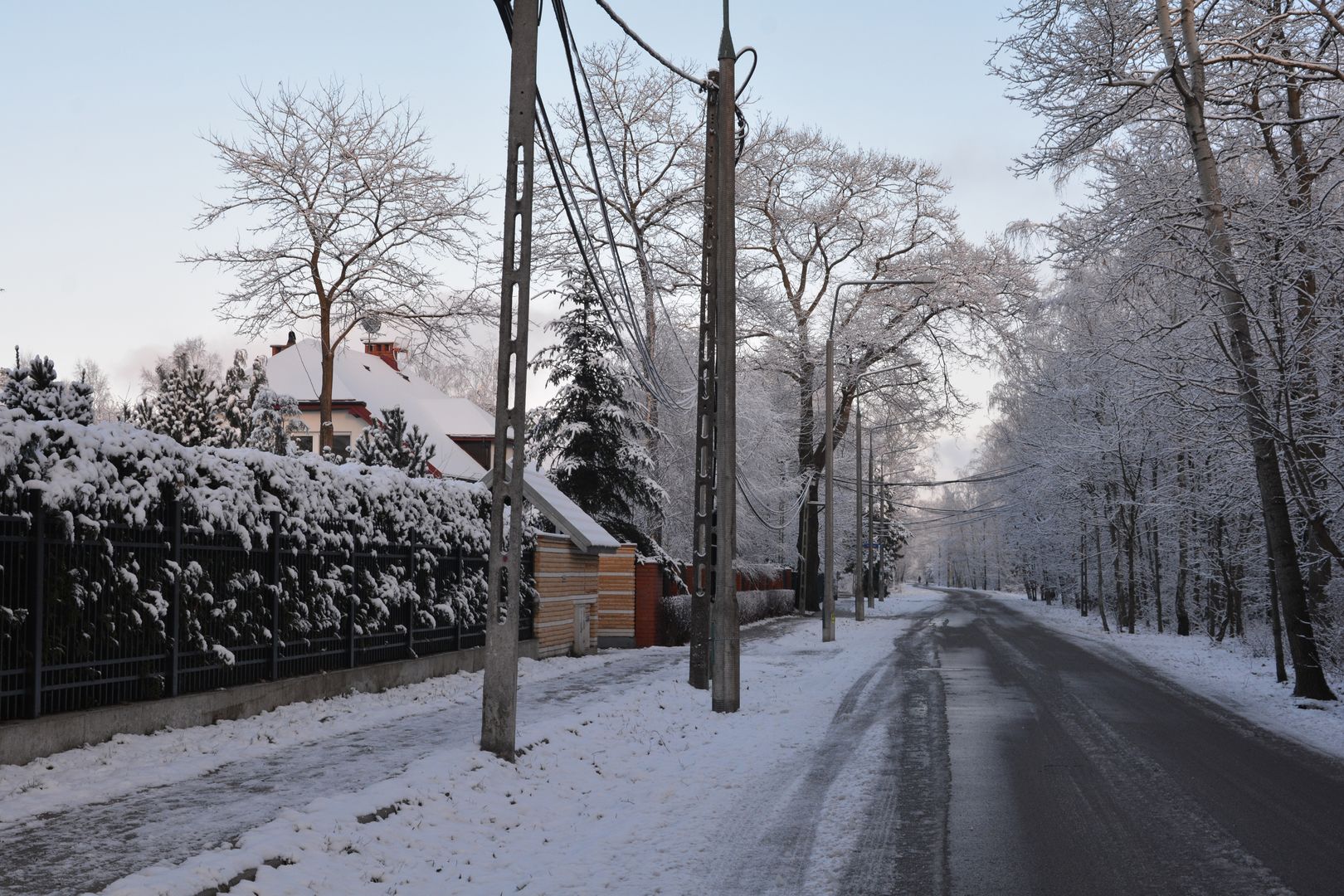Choszczówka
6.31

Overview
Choszczówka is a village located in the northeastern part of Warsaw, within the Białołęka district. Its history dates back to the first half of the 19th century, when it was established on a cleared forest area. As the surrounding areas developed, Choszczówka became a summer resort and was incorporated into Warsaw in 1951. The village was once home to a woodworking and construction factory that produced furniture. After World War II, during the leadership of Franciszek Wodiczko, community initiatives were launched, such as the Neighborhood Friends Association, a volunteer fire department, and a library. A significant historical event took place on September 1, 1939, when a Polish fighter plane was shot down near Choszczówka.
In the 1970s, construction of new buildings in Choszczówka was banned, a restriction that was only lifted in the 1990s, allowing for the further development of single-family housing estates. In 1969, a traditional Kurpie-style house was installed in the village, which served as a retreat for Primate Stefan Wyszyński and now functions as a chapel. Choszczówka is distinguished by its natural beauty, offering opportunities for various sports such as cycling, running, and horseback riding. The surrounding forests are rich in fauna and flora, including wild animals and numerous bird species.
Transportation is well-served by buses, a railway line, and night routes, providing easy access to the city center. The area also features two single-family housing estates, and one of its notable architectural landmarks is the 19th-century manor complex "Choszczówka." Today, the population of the neighborhood is around 2,000 people, with detached houses dominating the landscape. With a history stretching back to the 19th century, Choszczówka blends historical traditions with modernity, and its natural surroundings make it an ideal place for living and recreation.
Location
Tickets
Powered by GetYourGuide
2025 Wizytor | All Rights Reserved